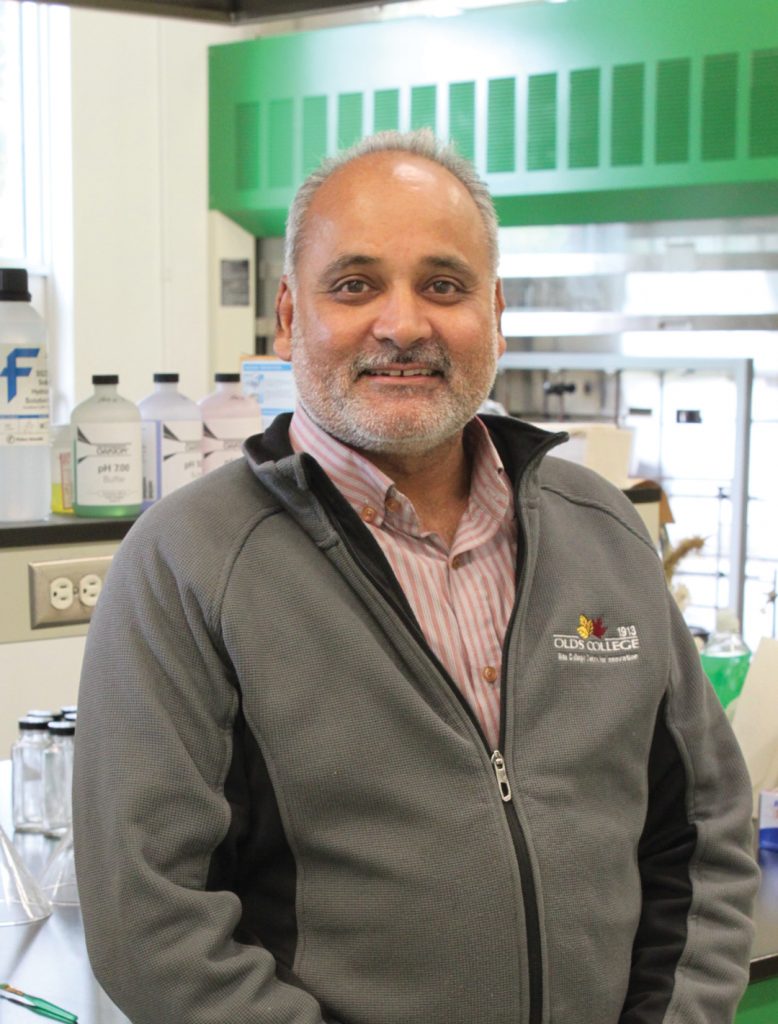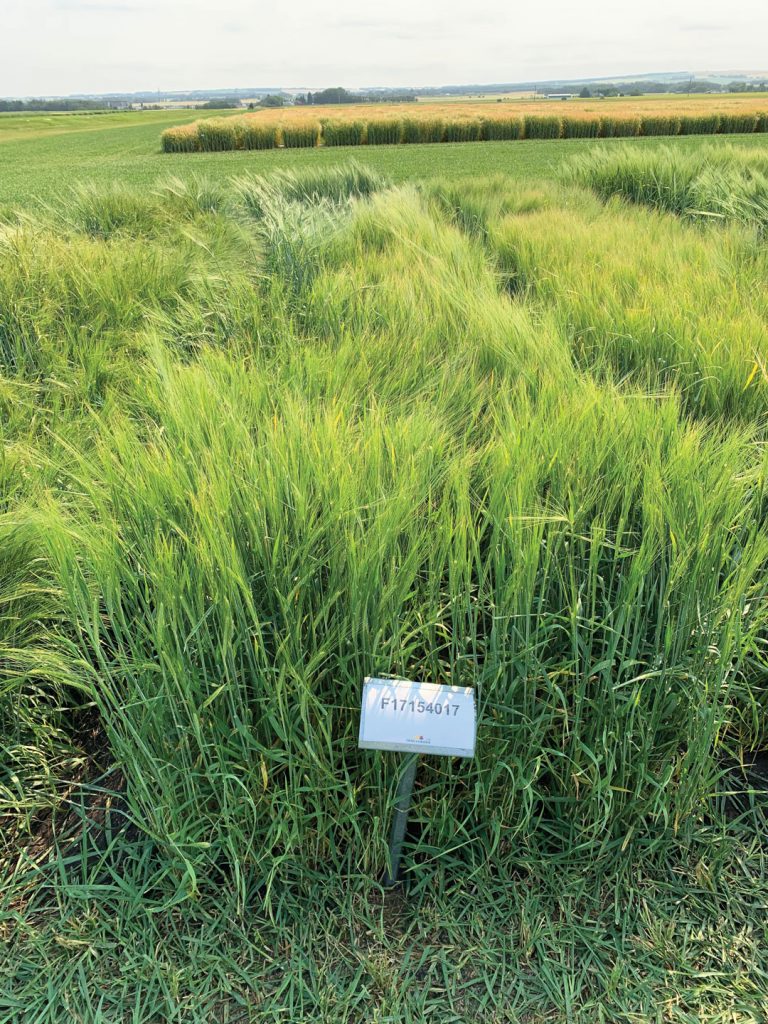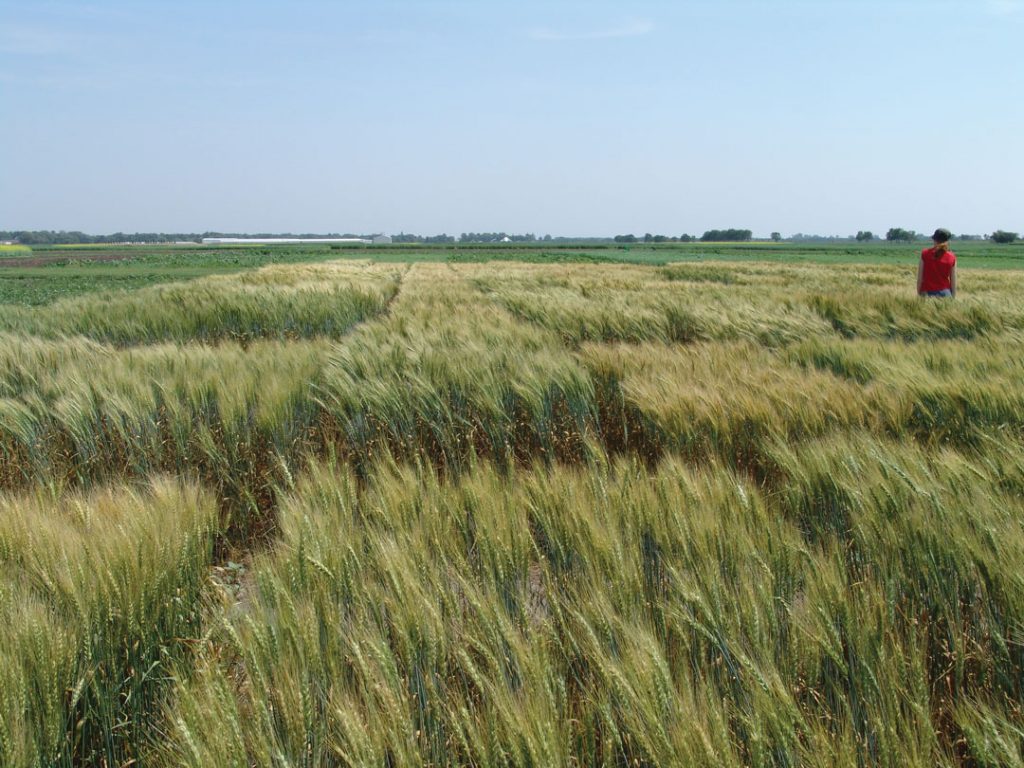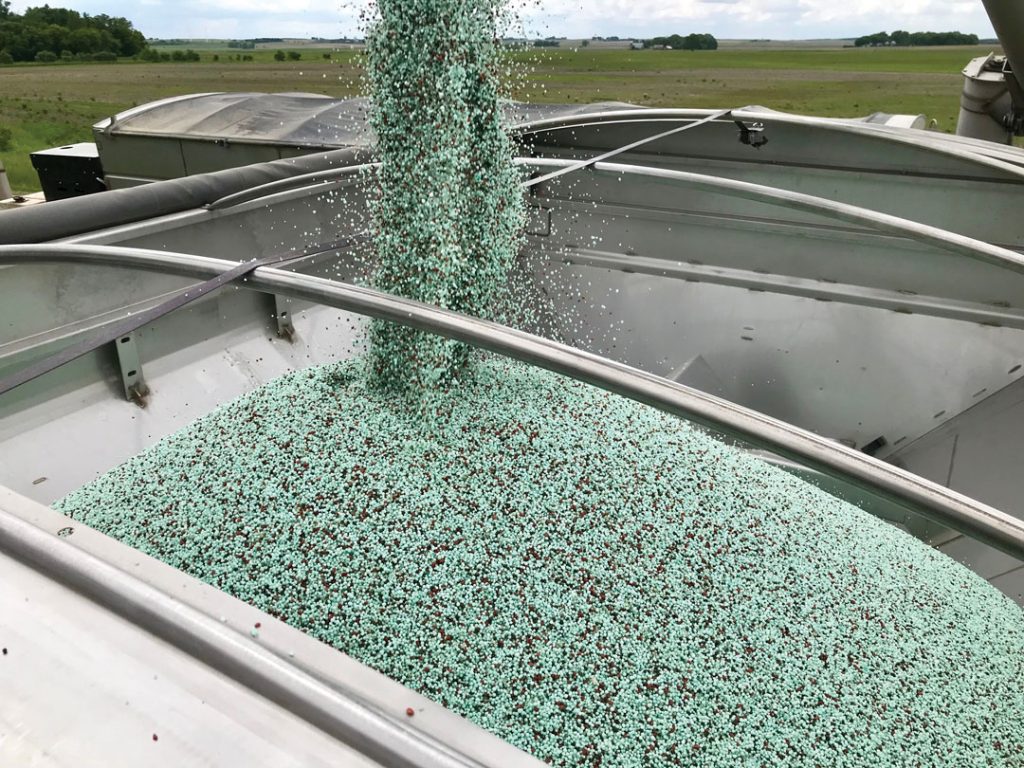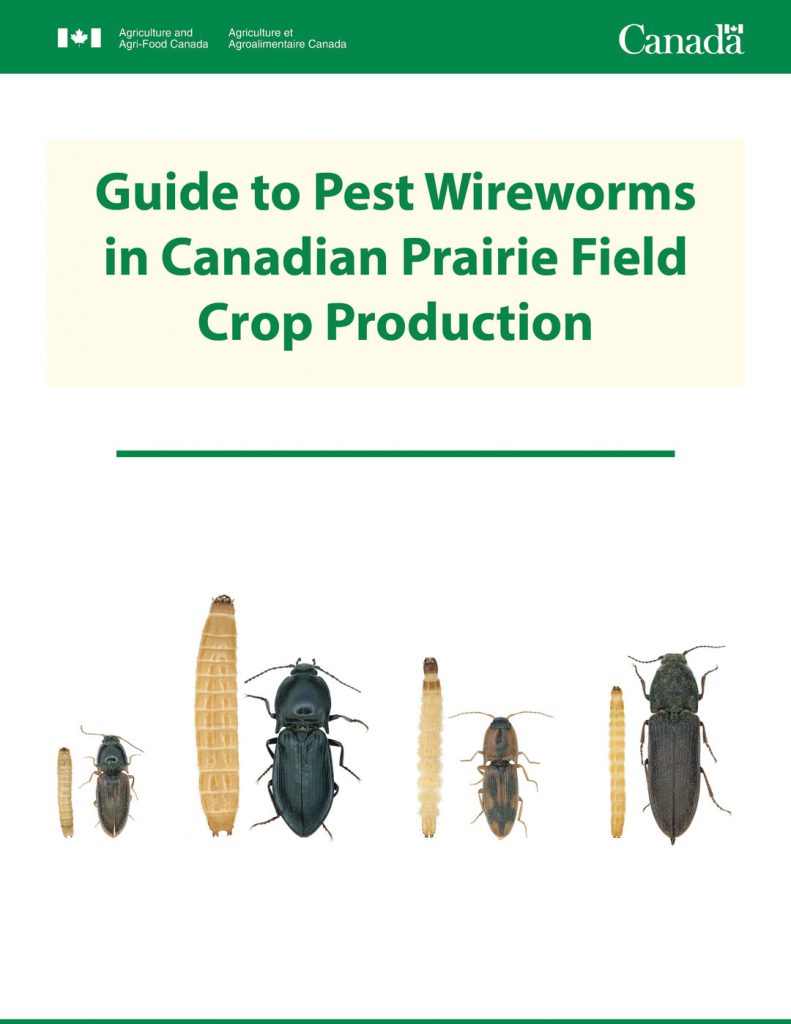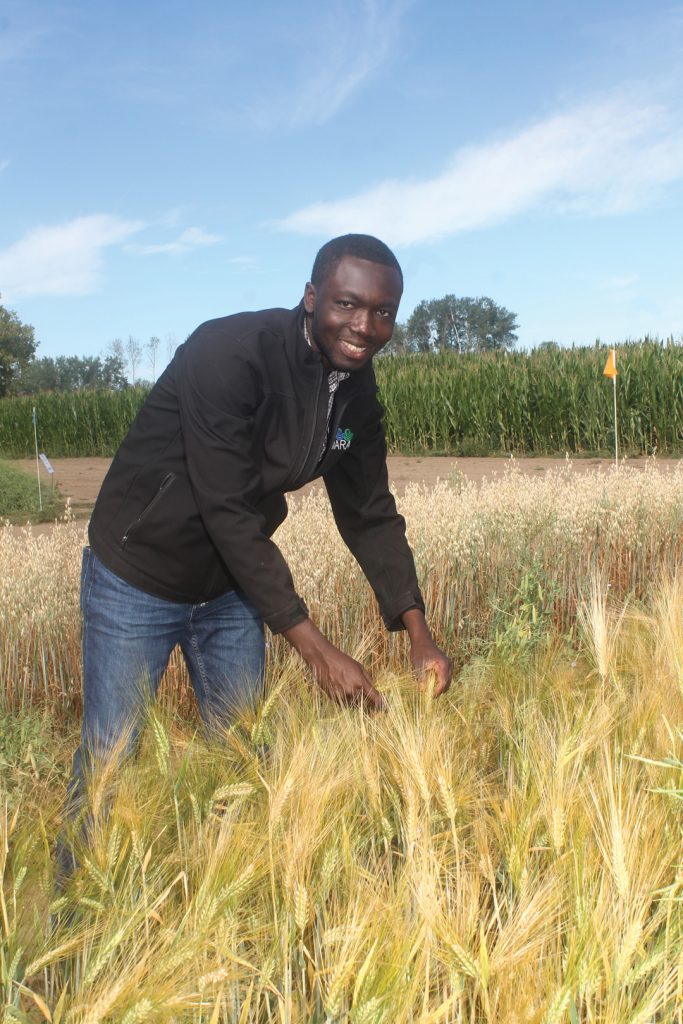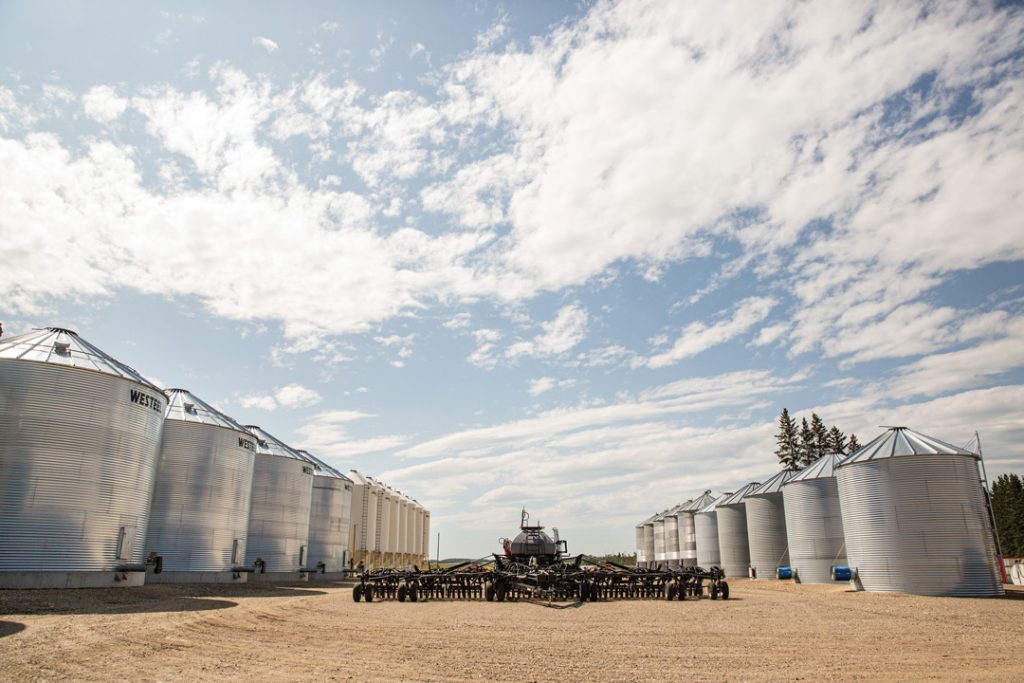EXPERIENCE CULTIVATOR
Agriculture and Agri-Food Canada’s Youth Employment and Skills Program (YESP) was created to help students acquire the skills and experience they need to land that first job once they complete their studies. This year, the federal government allotted $3.7 million to subsidize about 300 agricultural jobs open to youth between the ages of 15 and 30.




